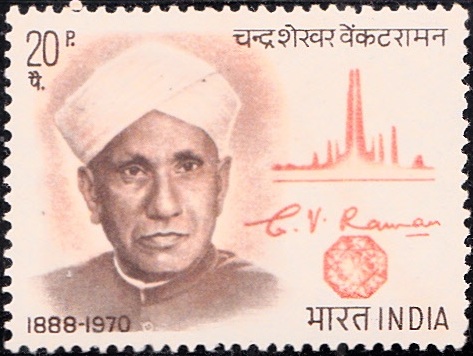
C. V. Raman
A commemorative postage stamp on the 1st Death Anniversary of Sir Chandrashekhara Venkata Raman, an Indian physicist, recipient of Nobel Prize for Physics in 1930 :
Issued on Nov 21, 1971
Issued for : The P & T Department are privileged to honour this illustrious son of India who helped put India on the scientific map of the modern world. The commemorative stamp which is being brought out on the occasion of his first death anniversary shows a portrait of Shri C. V. Raman with a diamond in the foreground. The First Day Cover being brought out on the occasion shows the Raman Research Institute at Bangalore.
Description of Design : The design of the stamp is horizontal and depicts a portrait of Dr. C. V. Raman.
Type : Stamp, Mint Condition
Colour : Orange & Dark Brown
Denomination : 20 Paise
Overall Size : 3.91 X 2.90 cms.
Printing Size : 3.56 X 2.54 cms.
Perforation : 13 x 13
Watermark : Printed on unwatermarked adhesive stamp paper
Number Printed : 30,00,000
Number per issue sheet : 35
Printing Process : Photogravure
Designed and Printed at : India Security Press
Name : Chandrasekhara Venkata Raman
Born on Nov 7, 1888 at Thiruvanaikoil, Tiruchirappalli, Madras Presidency, British India
Died on Nov 21, 1970 at Bengaluru, Karnataka, India
About :
- Shri Chandrasekhara Venkata Raman was born at Tiruchirapalli, in South India, on 7th November, 1888. When he was 4 years old, his father accepted an appointment as a lecturer in Physics in a college at Visakhapatnam where Raman completed his High School education. In 1903, Raman joined the Presidency College, Madras, where he took his B.A. and M.A. degrees, winning the highest distinctions. Even as a student at the Presidency College, young Raman took considerable interest in scientific research which was then almost unknown in India and had also published the results of his work in well-known international journals. It was very obvious even at that time, that he was cut out for a distinguished scientific career. In 1907, Shri Raman was appointed as Assistant Accountant General at Calcutta, having secured the first place in the competitive examination held by the Indian Finance Department. For a time, Shri Raman was associated with the P & T Department when he was the Deputy Accountant-General for P & T at Calcutta. For nearly a decade, Shri Raman, while serving in the Indian Finance Department, also found time to keep alive his interest in science and for contributing papers in different branches of Physics. When the Palit Chair of Physics was endowed at Calcutta University, Shri Raman accepted the appointment in 1917, even though he was financially a loser in resigning from a lucrative appointment under the Government of India.
- The period from 1917 to 1932 was one of intense scientific activity for Shri Raman. Many youngmen gathered around Shri Raman and many of his notable achievements in the realms of acoustics and optics pertained to this era. As a natural sequel to his studies on the scattering of light, Shri Raman discovered in early 1928 a new phenomenon, now named after him as “Raman Effect.” In 1930, Shri Raman was awarded the Nobel Prize for Physics for this discovery which found innumerable uses in unravelling the molecular structure of very many complicated compounds.
- Honours came to Shri Raman from far and wide. He was elected a Fellow of the Royal Society of London in 1924 and was knighted in 1929. Shri Raman established the Indian Academy of Sciences with Headquarters at Bangalore in the year 1934 and continued his association with this Academy till his death. In 1933, Shri Raman was appointed as Director of the Indian Institute of Science at Bangalore. Since 1948 till his death he had been Director of the newly founded Raman Research Institute, Bangalore, to which he himself made substantial gifts of money securities and real estate. The Institute boasts of an impressive collection of minerals, diamonds, etc., which Shri Raman assiduously collected from all over the world. The later day research of Shri Raman on the structure of diamonds and other gem stones was carried out at this Institute.
- Besides being an outstanding genius in science, Shri Raman was also a good public speaker and his lectures always attracted popular attention. His very simple and unassuming manners, his delicate sense of humour and his love of music gathered around him a number of friends from different walks of life.
- Shri Raman died after a brief illness in the early hours of the morning of Saturday, the 21st November, 1970. His mortal remains were cremated in the premises of the Institute which he founded and nursed assiduously in his later life.




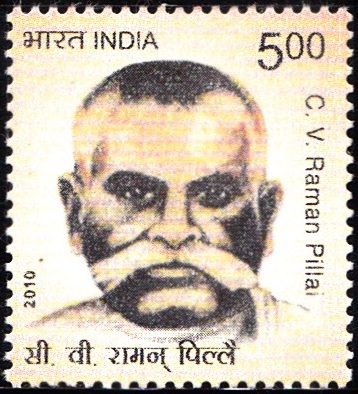
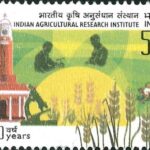
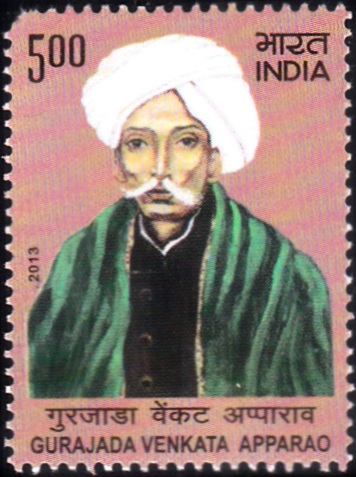
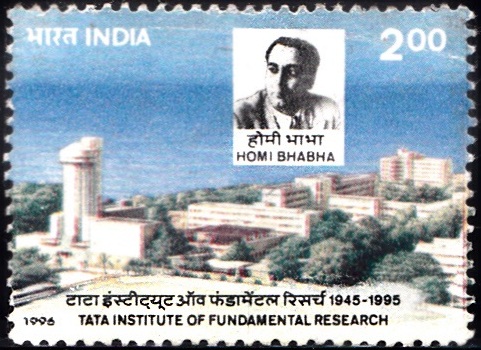
very nice
[…] later to attain high eminence in several fields. Among these may be mentioned Dr. S. Radhakrishnan, Dr. C. V. Raman and Sir B. N. […]
[…] And among the many illustrious alumni who have come out of its portals, mention must be made of Sir C.V. Raman, Shri S. Chandrasekhar, Dr. S. Radhakrishnan, and Dr. M.S. […]
[…] The IACS became the platform for many future scientists of India, including the Nobel Prize winner Sir C.V. Raman, K.S. Krishnan and Meghnad […]
[…] were among the earliest to be established. The Physics department came into being in 1933, when C.V. Raman became the first Indian Director of the Institute. In the century that has passed since its […]
[…] areas of Physics under contemporary research themes. Founded by Indian Science Nobel Laureate Sir C V Raman in 1948, the Institute was established on a plot of land gifted by the then Maharaja of Mysore, […]